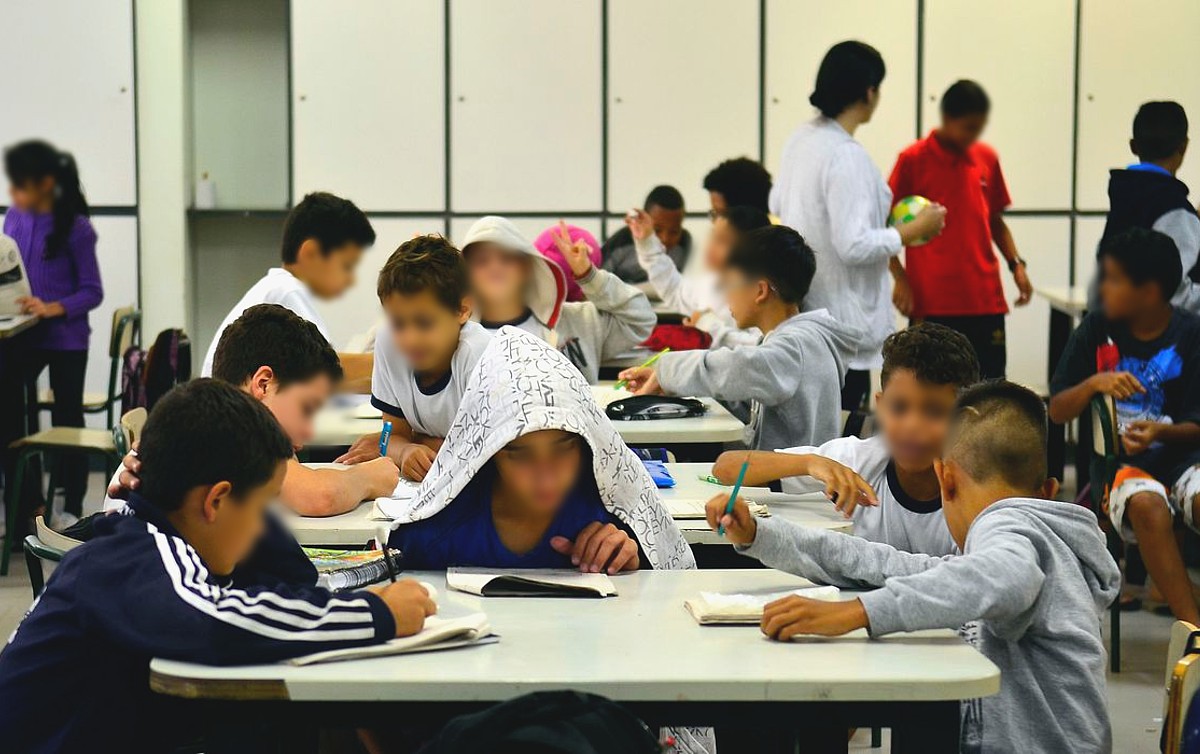RIO DE JANEIRO, BRAZIL – The contingency center against coronavirus, a committee of the São Paulo government that decides on quarantine in the state, will reassess the return to school scheduled for early September. The announcement was made on Thursday, July 16th, after the group’s executive coordinator, physician João Gabbardo, was asked about a mathematical projection that estimates up to 17,000 deaths among children throughout Brazil with the return to schools.

The statement comes two days after the FAPESP seminar on coronavirus in which mathematician Eduardo Massad, professor at the Getúlio Vargas Foundation School of Applied Mathematics (FGV), criticized the return to school in São Paulo and estimated 17,000 deaths across the country.
São Paulo plans to gradually restart classes on September 8th for cities that have remained for over 28 days in the yellow phase of the São Paulo Plan for flexibilization, according to the São Paulo government. The proposal also provides for a combination of in-person and virtual classes.
During the same virtual meeting, Dimas Covas, a former coordinator of the state health committee, said daily death rates from coronavirus in the state of São Paulo could remain “high” until 2021.
Projection on return to school
In the debate with experts held by the Foundation for Research Support (FAPESP) and the Butantan Institute, the mathematician Eduardo Massad said that São Paulo and Brazil are not experiencing a favorable time to reopen schools.
Using mathematical formulas, Eduardo Massad said that if schools in Brazil reopen prematurely, the country could jump from 300 deaths of children under five to 17,000 by the end of the year.
“There have been some 300 deaths of children under five years of age in Brazil. If we reopen schools, we will reach 17,000. Some 17,000 children will die and would not need to die. All other problems you can fix and solve. We are talking about lives. If we open schools with no specific planning or control, 17,000 children will die, as opposed to around 300 in the natural course of the epidemic, with the schools closed,” he said.
At the same seminar, Massad also criticized the use of the plateau as a public policy guideline.
Criticisms of the reopening
The daily death rates from coronavirus in the state of São Paulo could remain “high” until 2021, according to a projection released on Tuesday, July 14th by the director of the Butantan Institute, Dimas Covas.
“We will have this epidemic for a long time to come. The mortality rate, although it may be stabilized, is high. We record some 300 deaths a day in the state of São Paulo. Which corresponds to a Boeing 747. We are experiencing the explosion of a Boeing 747 per day and this may extend into next year,” he said.
Dimas Covas is part of the Contingency Center set up by the government of São Paulo and has already coordinated the group in one of its member rotations; however, he has different positions from João Doria’s administration.
This week, the government celebrated the fact that weekly deaths in the state fell for the third consecutive week and announced the greater flexibility of quarantine in nine regions of the state. While the weekly figures were lower in the state, the daily moving average of deaths suggests stability (plateau) at its highest point, above 200 deaths per day, rather than a drop.
According to projections provided by Dimas Covas, the number of deaths and cases should continue to rise in the state, as the rate of transmission of the disease has not yet dropped sufficiently to topple contagion.
“Although many have the false sense that we are at a point of inflection, the plateau, in reality these cases should still continue to increase. Similarly, the number of deaths should continue to rise,” he said.
According to Dimas Covas, the solution to reduce deaths and cases would be to increase social isolation to 70 percent, which had been recommended by experts at the start of the pandemic, but is no longer the main criterion for reopening.
On June 11th, Dimas Covas had already criticized the plan to reopen trade in São Paulo. “No specialist, no infectologist, no epidemiologist tells you that you can reopen with a rising curve. I mean, that doesn’t make much sense. And we don’t have any downward curves in the state of São Paulo,” he said at the time.
Source: G1

